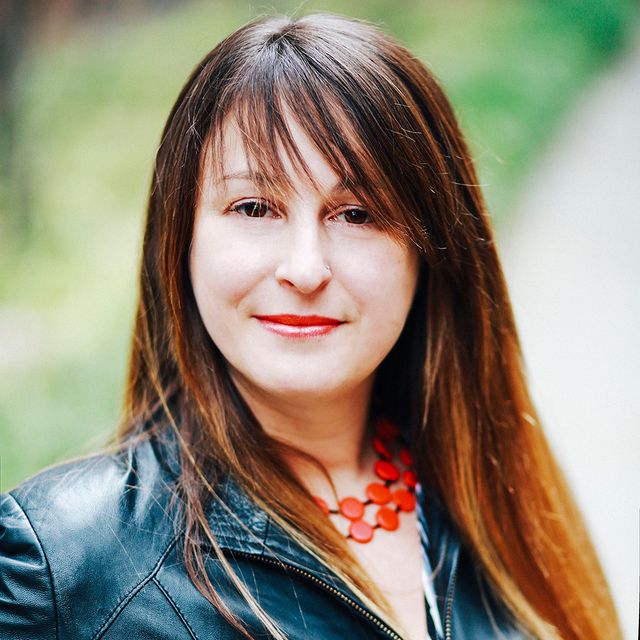

And tonight the Oscar goes to . . . David Beck, best known at SAAM for two of his works, MVSEVM and Movie Palace; the latter is on view in the Luce Foundation Center for American Art on the third floor at SAAM. Beck's Movie Palace is an homage to elaborate movie houses that were built as temples to the medium of film. They were often over the top but were still a perfect setting for the escape from reality that movies offered. Beck's artwork is a sculpture that comes to life. You can see King Kong's frantic feints every other Friday as part of the Luce Center's Art and Coffee program. It's where culture meets caffeine.
On the day I went for my dose of art and coffee a few of us gathered round Movie Palace while it began to play. "It's Joseph Cornell on steriods!" one woman said, while an older gentleman recalled the movies of his youth. It's just like going to the movies: we bring our private lives to the theater and a whole new world unfolds before us.
"I made The Movie Palace because I really like to go to the movies. If I wasn't doing this stuff I'd probably just live in a movie theater," said Beck in an interview that you can catch online. "I like the whole experience of being surrounded by all that stuff," he added.
In terms of material, Beck's choices are pretty rich: There's horn and bone, and the shining dome has been water gilded. The people in the audience are just like you and me, balancing drinks and popcorn as they try to find the best seats—and of course, avoid sitting behind the tallest person in the house.
Friday belongs to David Beck, but check SAAM's calendar for Art and Coffee programs during the rest of the week and weekends.

















